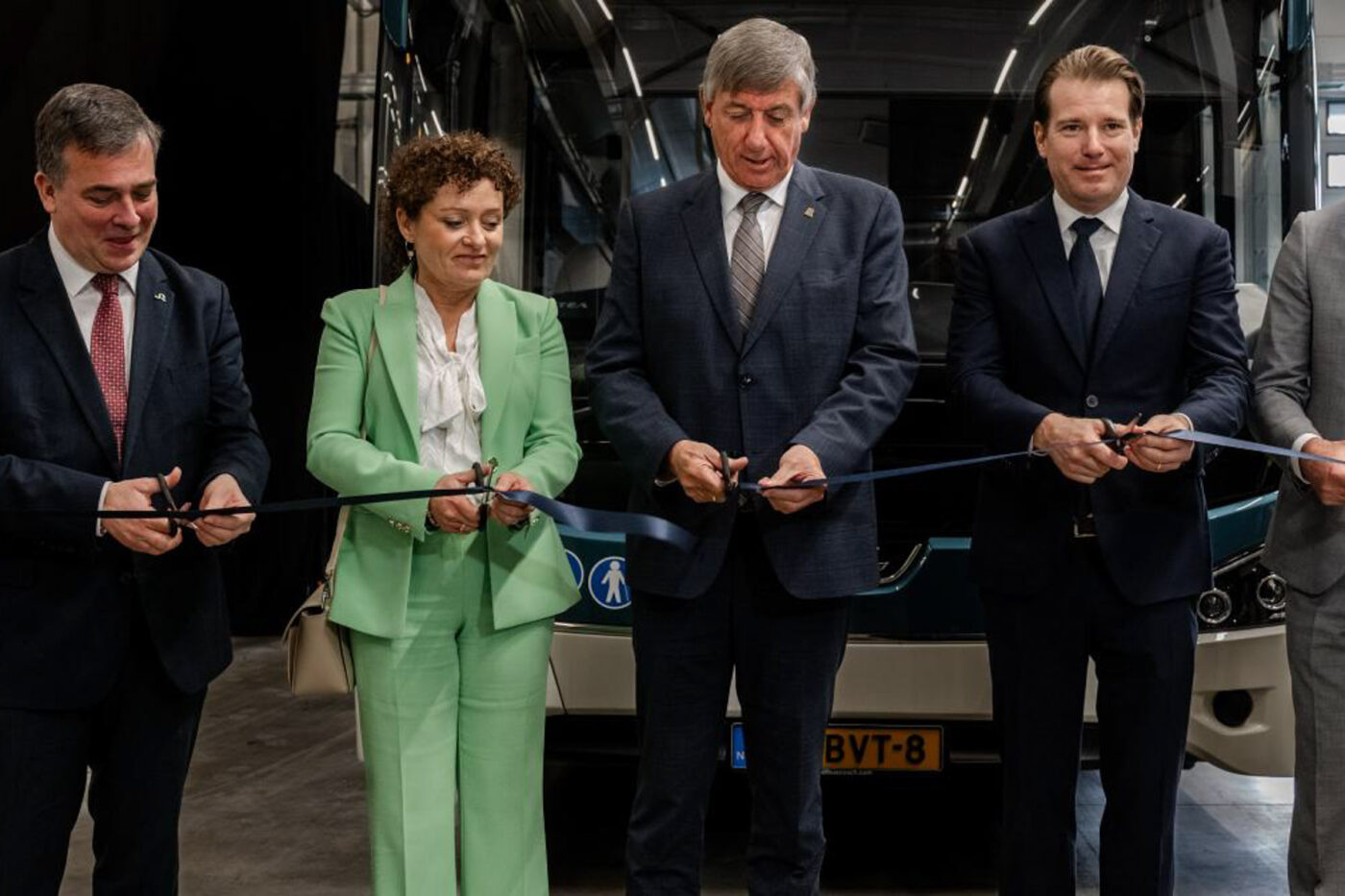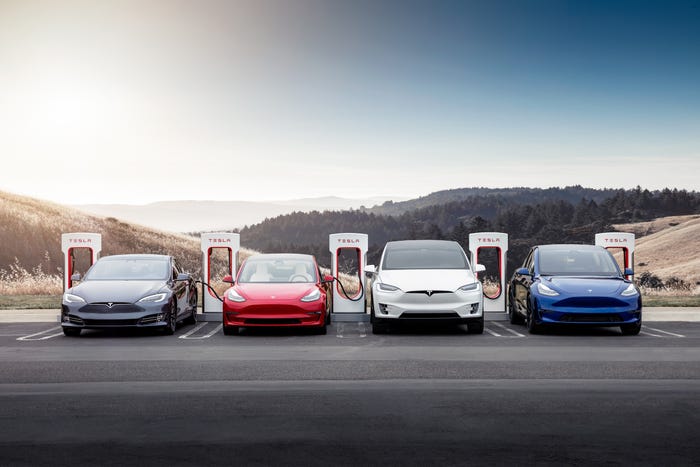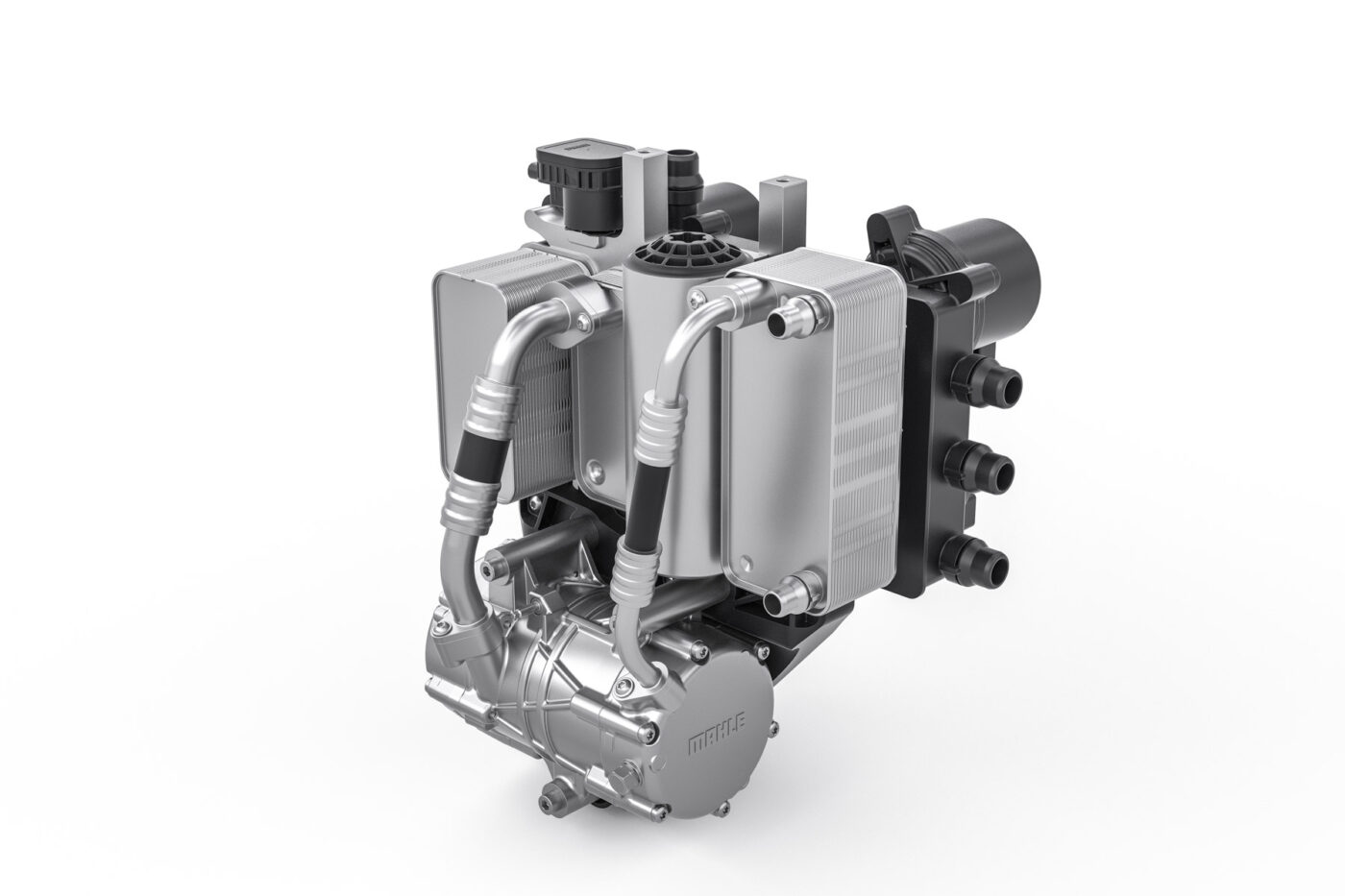The U.S. Treasury announced on Friday that it has reimbursed auto dealers for more than $580 million in advance point-of-sale consumer electric vehicle (EV) tax credit payments since the beginning of the year. This marks a significant milestone in the implementation of the new EV credit program.
Previously, U.S. auto buyers could only benefit from the EV credit of up to $7,500 or the $4,000 used EV credit when they filed their tax returns the following year. However, starting January 1, consumers are now able to transfer the credits to a car dealer at the time of sale, effectively reducing the purchase price.
According to the Treasury, the Internal Revenue Service has received approximately 100,000 time-of-sale EV reports this year and has made more than $580 million in advance payments to dealers since January 1. This demonstrates a strong demand for EVs among consumers.
Treasury spokesperson Haris Talwar noted that “demand is high four months into implementation of this new provision,” highlighting the success of the program in incentivizing the purchase of electric vehicles.
The Treasury issued guidelines in December aimed at diversifying the U.S. EV supply chain away from China. As a result, the number of EV models qualifying for U.S. EV tax credits was reduced to 19 from 43, impacting some popular models such as the Tesla Model 3, Chevrolet Silverado EV, and Ford Mustang Mach-E.
However, since then, many models have regained eligibility, including the Volkswagen ID.4, Nissan Leaf, GM’s Chevy Blazer EV, and Cadillac Lyriq, among others. Consumers must attest that they meet income limits to qualify for the tax credit at the time of purchase, or they will be required to repay the government when filing their taxes.
The August 2022 Inflation Reduction Act reformed the EV tax credit, requiring vehicles to be assembled in North America to qualify for any tax credits. This law also eliminated nearly 70% of eligible models, created a used EV tax credit, lifted the 200,000-vehicle manufacturer cap on credits, imposed income and vehicle price restrictions, and extended credits to leased vehicles.







